Originally published on Blogpost by Gethin Thomas on December the 17th 2021.
On our day out to Postbridge, after visiting the ancient clapper bridge, we travelled on a couple of miles to the pub in the middle of the moor. The Warren House Inn. So what is the big deal you ask, it looks fairly ordinary.
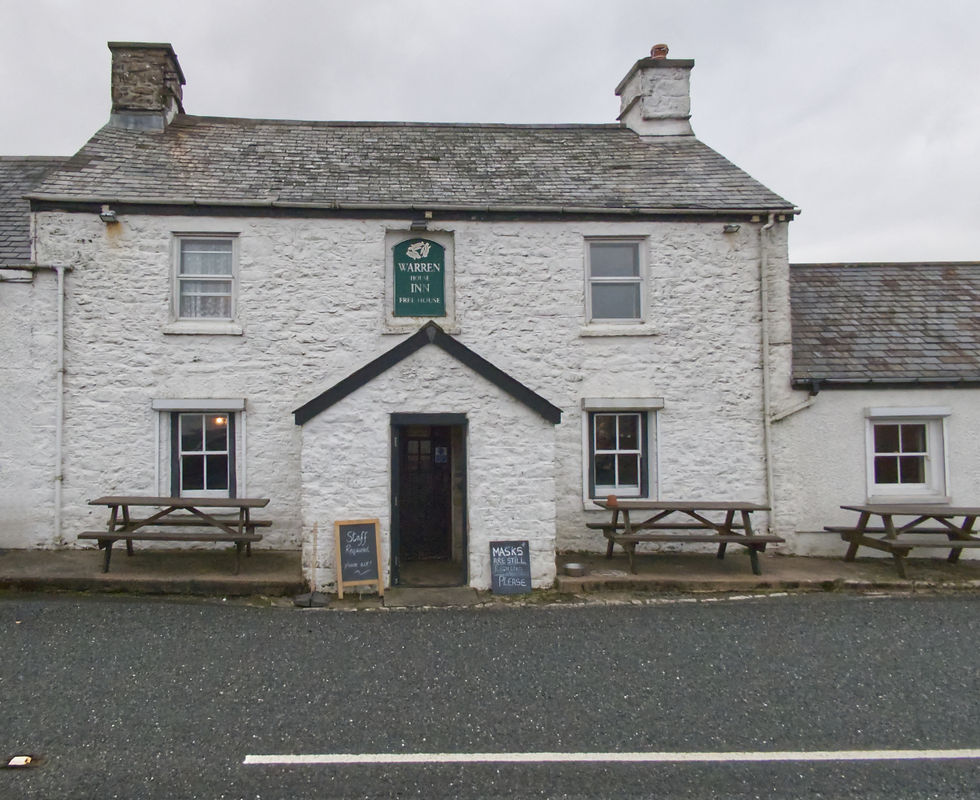
The Warren House Inn is a lonely place, location wise, as it has no neighbours for miles. The area was once quite a hive of industry and was busy with tin mining, but all that ended in the 1930's. This is the view one way, at the front.....
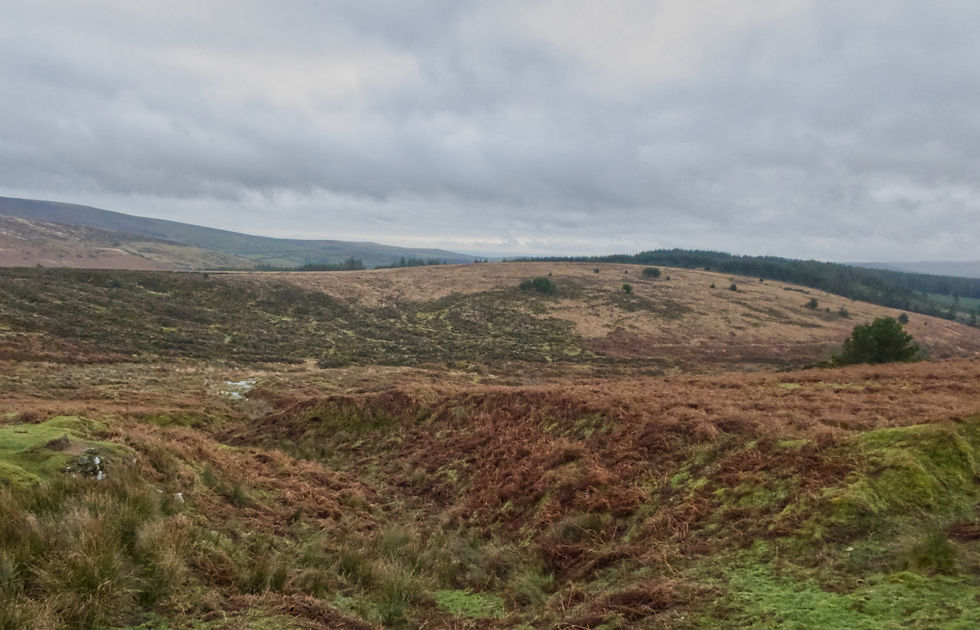
....and this is the view the other way. There are more wild ponies around here than people. It is reputedly the loneliest pub in Britain.
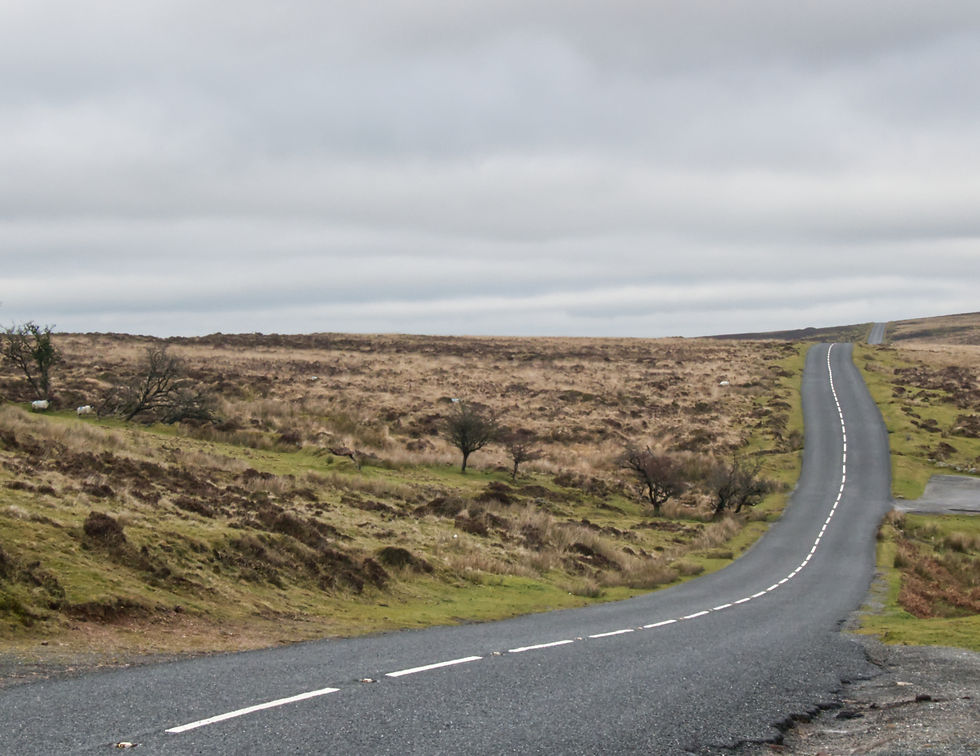
The pub is the highest in Southern England at 1,425 feet (434 m) above sea level. It has to take all the weather that is thrown at it and it has no mains services, gas, electric, water or waste water. All have to be provided independently, and as a consequence it is famous for it's hearth which today burns wooden logs but originally burned peat off the moor.
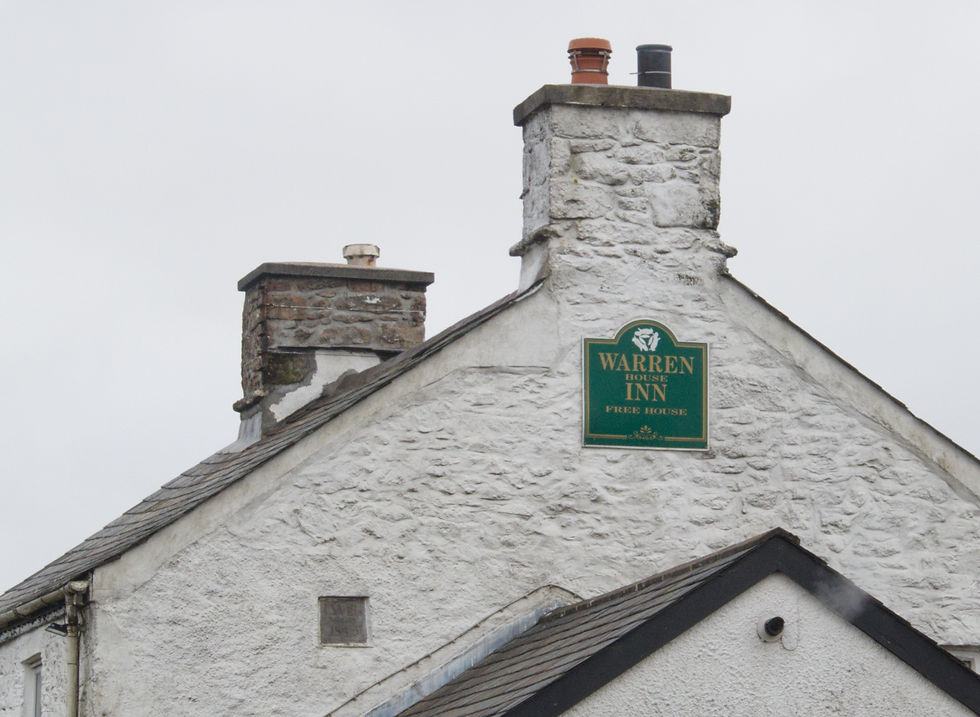
The small grey inscribed piece of slate in the side wall reads, “I Wills-Sept 18 1845”, and commemorates the finishing of the new building. The original pub was across the road and was damaged by fire. Fire is what The Warren Inn is famous for because while initially wondering why all the information was boasting about the fire having burned continuously since about a quarter to seven, I later realised that by 18.45, they meant the year of 1845, for the fire in the hearth has, legend tells, burned continuously since the building was finished. In fact the fire back in 1845 was lit by the peat embers brought across the road on a shovel by the landlord from the old pub before it was later knocked down. This is my poor quality snap of it, taken in a full bar, in a poorly lit pub, but I offer it to you none the less.
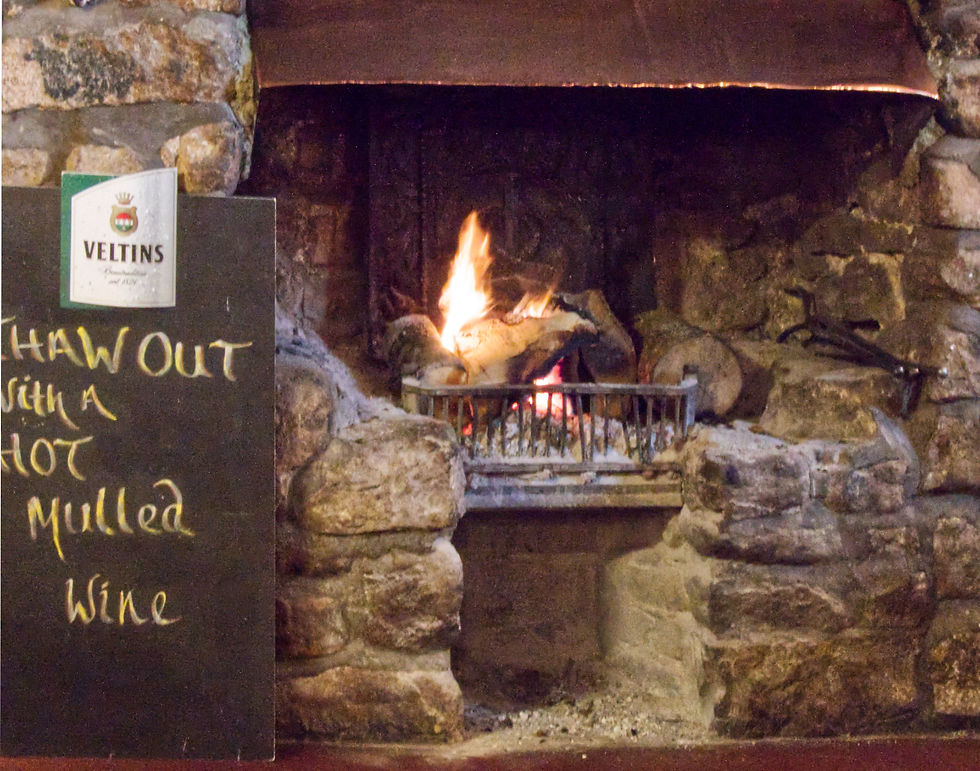
Back in 1845 the only mask you saw would have warned of an approaching Highwayman, you certainly would not want anyone in a mask entering your pub. You also would not have been offered Prawn Marie Rose Baguettes either, not if you wanted to survive the afternoon shift down the nearest tin mine. It is more than likely there would have been only one thing on offer, and that was probably a pasty.

The forever fire is not the only folklore attached to the place. It has a certain Hound of the Baskervilles quality, a natural home for wild beasts, murderers and deadly swamps that swallow you up.
Nearby Postbridge has it's deadly "Hairy Hands" while here one traveller is said to have stayed overnight and found a body in a chest in his room. When he mentioned this to the landlord, he was told: "'tis only fayther! … the snaw being so thick, and making the roads so cledgey-like, when old fayther died, two weeks agon, we couldn't carry un to Tavistock to bury un; and so mother put un in the old box, and salted un in…"
Another relates to a visitor who was persuaded to buy a flock of sheep, after consuming copious quantities of cider. The following morning he discovered that the "flock" that he’d been shown by the locals that night was actually the prehistoric stone circles of Grey Wethers.
If you are familiar with the snows on Dartmoor that first tale doesn't seem all that far fetched. In 1963 the snowdrifts were so high that the pub was cut off for twelve weeks eventually having to have supplies delivered to it by helicopter.
On the pub sign you will see three rabbits or hares. This is the assay mark of the Vitifer tin mine whose degenerating remains may be found in the valley below. Pictures of the three hares are the subject of many projects and examples of it have been found in churches and ancient caves around the world.

The original inn on the southern side of the packhorse track was probably built in the middle of the 18th century, certainly well before the turnpike road was created in 1792. There must have been sufficient packhorse and foot traffic because some time afterwards a small rabbit warren was established nearby to allow the inn to serve rabbit-pie with scrumpy. The earliest landlord recorded is William Tapper, in 1786.
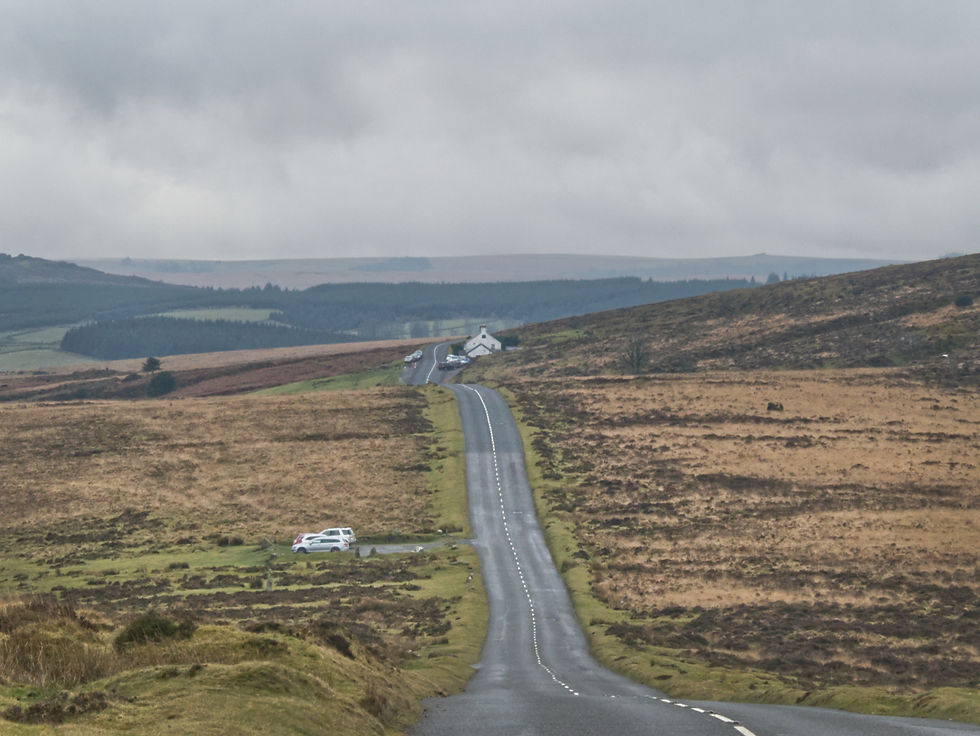
(Information from Wikipedia and The Warren House website.)
Comments